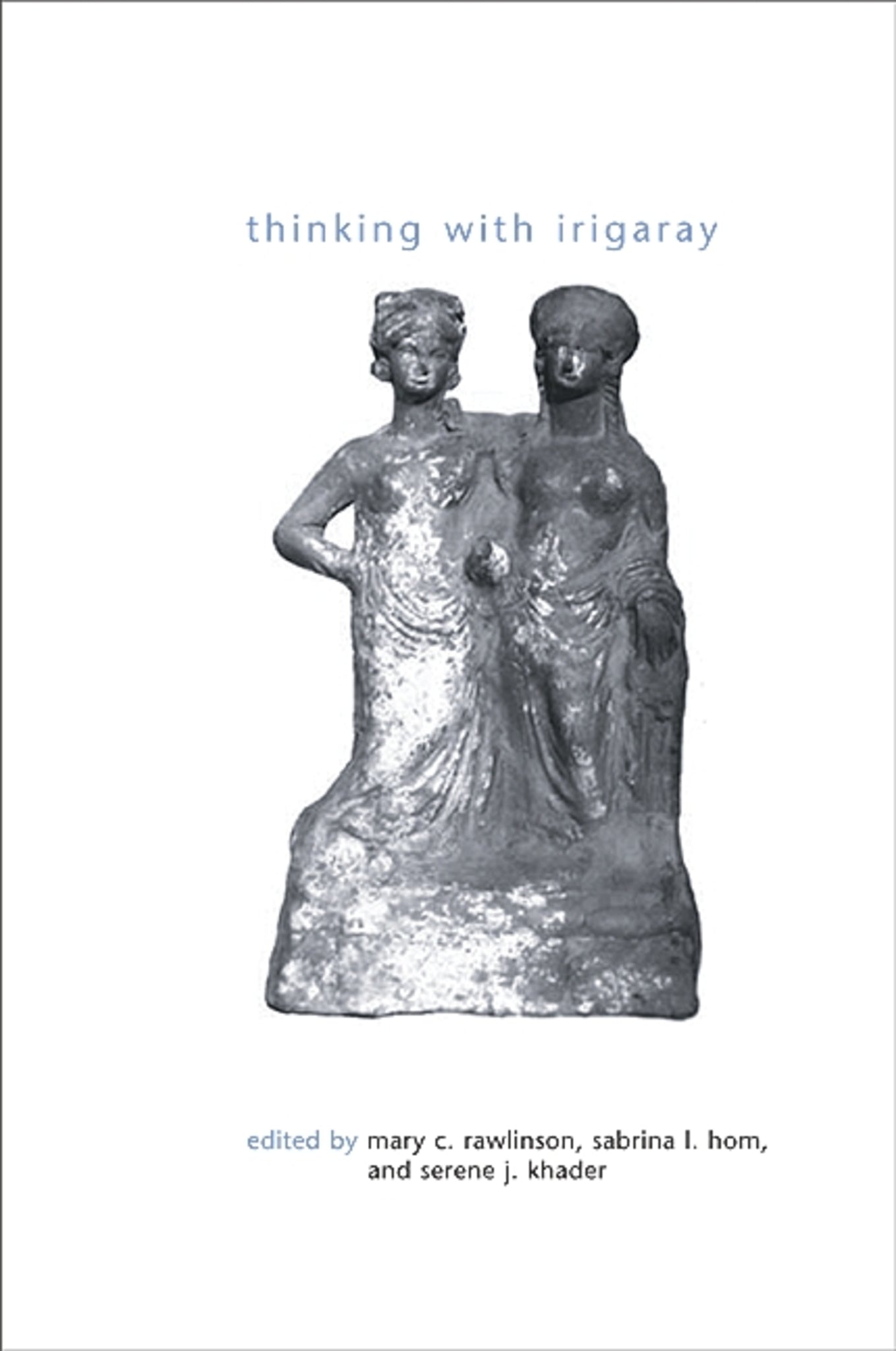We're sorry. An error has occurred
Please cancel or retry.
Thinking with Irigaray

Some error occured while loading the Quick View. Please close the Quick View and try reloading the page.
Couldn't load pickup availability
- Format:
-
01 November 2011

An interdisciplinary and contemporary response to Irigaray's work.
Thinking with Irigaray takes up Irigaray's challenge to think beyond the androcentric, one-subject culture, identifying much that is useful and illuminative in Irigaray's work while also questioning some of her assumptions and claims. Some contributors reject outright her prescriptions for changing our culture, others suggest that her prescriptions are inconsistent with the basic ethical concerns of her project, and still others attempt to identify blind spots in her work. By confronting and challenging the mechanisms of masculine domination Irigaray has identified and applying these insights to a wide range of practical and contemporary concerns, including popular media representations of women's sexuality, feminist practice in the arts, political resistance, and yoga, the contributors demonstrate the unique potential of Irigaray's thought within feminist philosophy and gender studies.


"The project of 'thinking with Irigaray' is what I find especially valuable in this work; each of the contributors seeks to take up an aspect of Irigaray's thought and to develop it further in relation to a specific problematic. This is a generous approach that returns Irigaray's contribution to feminist thought by showing how to take her thinking further in ways that are creative and constructive, as well as critically informed." — Rachel Jones, University of Dundee
Introduction
The Work of Sexual Difference
Serene J. Khader
PART I: Alternatives to Masculine Genealogies
1. Orestes with Oedipus: Psychoanalysis and Matricide
Cheryl Lawler
2. Beyond the Madonna: Revisiting Luce Irigaray’s Aesthetics
Elaine Miller
3. Animality and Descent: Irigaray’s Nietzsche, on Leaving the Sea
Penelope Deutsher
PART II: Overcoming Binary Oppositions
4. Beyond the Vertical and the Horizontal: Spirituality, Space, and Alterity in the Work of Luce Irigaray
Gail M. Schwab
5. Space and Irigaray’s Theory of Sexual Difference
D. Rita Alfonso
6. Can Luce Irigaray’s Notion of Sexual Difference Be Applied to Transsexual and Transgender Narratives?
Danielle Poe
PART III: The Ethical Irigaray
7. The Incomplete Masculine: Engendering the Masculine of Sexual Difference
Britt-Marie Schiller
8. A Bridge Between Three Forever Irreducible to Each Other(s)
Karen Houle
PART IV: Women and Interiority
9. Sexuality on the Market: An Irigarayan Analysis of Female Desire as Commodity
Breanne Fahs
10. Fishing and Thinking, or An Interiority of My Own: Luce Irigaray’s Speculâme de l’autre femme (renversé, inversé, rétroversé)
Claire Potter
11. Autonomy and Divinity: A Double-Edged Experiment
Morny Joy
PART V: Women as Political Agents
12. Antigone Falters: Reflections on the Sustainability of Revolutionary Subjects
Sabrina L. Hom
13. Antigone’s Exemplarity: Irigaray, Hegel, and Excluded Grounds as Constitutive of Feminist Theory
Tina Chanter
Index



